
A New Framework for Imagining Tomorrow
In this ambitious and timely volume, Michael Shamiyeh and contributors present a comprehensive exploration of how we might better imagine, communicate, and ultimately shape our collective futures. The book arrives at a critical moment when humanity faces unprecedented challenges - from climate change to artificial intelligence - that demand new ways of thinking about and planning for what lies ahead.
At its core, the book argues that traditional approaches to forecasting and prediction are insufficient for grappling with today’s complex challenges. Instead, it introduces “futurecasting” as a more holistic framework that combines rigorous analysis with creative imagination, hard data with compelling narratives, and expert knowledge with diverse perspectives. This is not merely about predicting what will happen, but about actively engaging in the process of imagining and creating desired futures.
The volume is cleverly organized around three fundamental approaches to futurecasting: through data, through fiction, and through ‘matter’. Each of these pathways offers distinct tools and methodologies for making future possibilities tangible and actionable. The data-driven approach emphasizes how quantitative analysis and emerging technologies can help identify patterns and trajectories. The fiction-based approach explores how narrative and storytelling can help us envision and communicate possible futures in emotionally resonant ways. The matter-focused approach examines how physical prototypes and experiential scenarios can make abstract futures concrete and testable.
What makes this book particularly valuable is its emphasis on the practical application of these concepts. Detailed case studies and examples demonstrate how the sorcery of futurecasting can be implemented across different contexts - from corporate strategy to public policy, from technological innovation to social change. The examples show how organizations are already using these methods to imagine and work toward preferred futures.
The volume also grapples with some critical questions around the sometimes unspoken aspects of this work, and where the work happens: power, responsibility and ethics. How do these shape the future as it obtains, as well as ‘the future’ as we understand it in the here and now. Who gets to imagine and influence future scenarios? How can we ensure diverse voices are included in the process? How do we balance optimism with realism, imagination with practicality? These questions thread throughout the volume, hopefully pushing readers to think deeply about the implications of futurecasting work.
A key insight that emerges is the importance of making futures tangible and experiential. Rather than treating the future as an abstract concept, the book advocates for creating immersive scenarios, prototypes, and stories that allow people to viscerally engage with possible futures. This embodied approach to futurecasting helps overcome cognitive barriers and enables more meaningful dialogue about desired outcomes.
The contributors also emphasize the inherently collaborative nature of effective futurecasting. Rather than relying solely on expert predictions, the most powerful future-making processes engage diverse stakeholders in co-creating shared visions. This participatory approach not only generates richer possibilities but also builds the collective capacity and commitment needed to work toward preferred futures.
Throughout the volume, there is a productive tension between structure and openness. While the book provides robust frameworks and methodologies, it also emphasizes the importance of remaining flexible and adaptive. The future cannot be perfectly predicted or controlled, but it can be thoughtfully shaped through disciplined imagination and collective action.
In the end, “The Practices of Futurecasting” makes a compelling case that how we think about and engage with the future fundamentally shapes what becomes possible. By providing practical tools and conceptual frameworks for more sophisticated futurecasting, the book equips readers to participate more effectively in the vital work of imagining and creating better futures.
The volume will be particularly valuable for leaders and practitioners working at the intersection of strategy, innovation, and social change. However, its insights are relevant for anyone interested in how we can more thoughtfully and inclusively shape our collective future. In an era of accelerating change and mounting challenges, this book offers timely guidance for how we might better imagine and work toward the futures we desire.
While comprehensive, the book raises as many questions as it answers - but this seems appropriate for a field focused on possibility and emergence. It invites ongoing dialogue about how we can continue developing and refining our practices of futurecasting to meet the evolving needs of our time. This volume represents an important Contributor to that vital conversation.















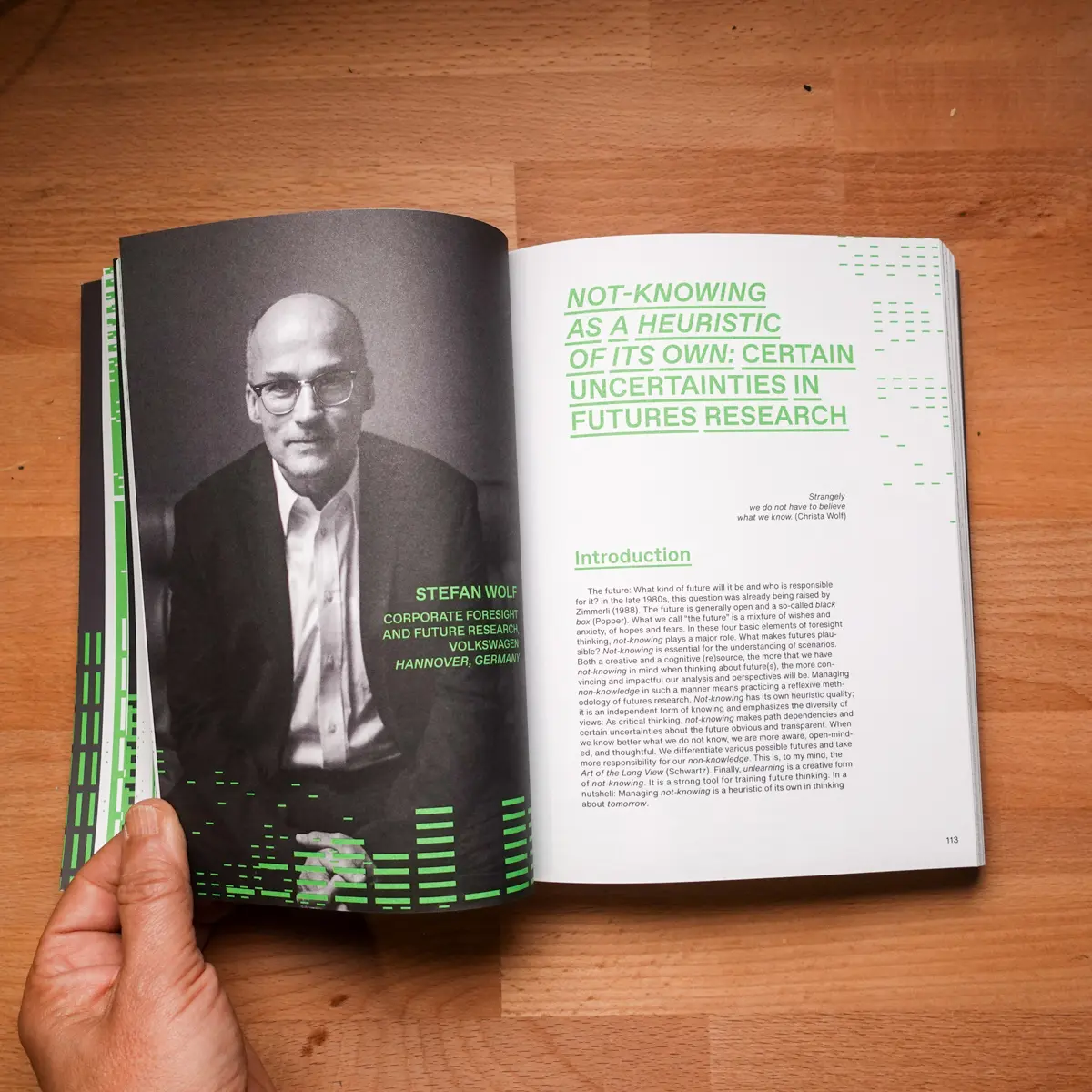


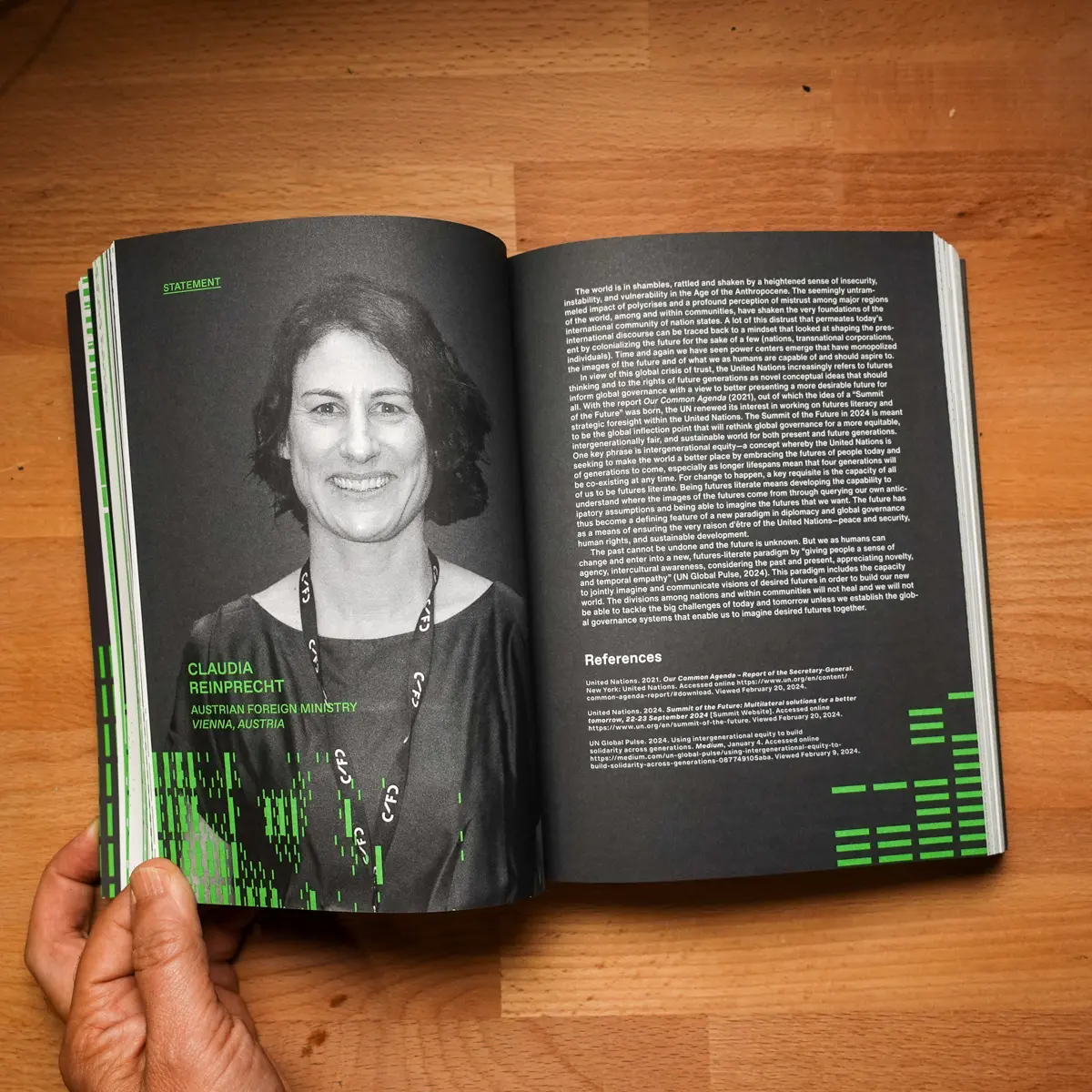






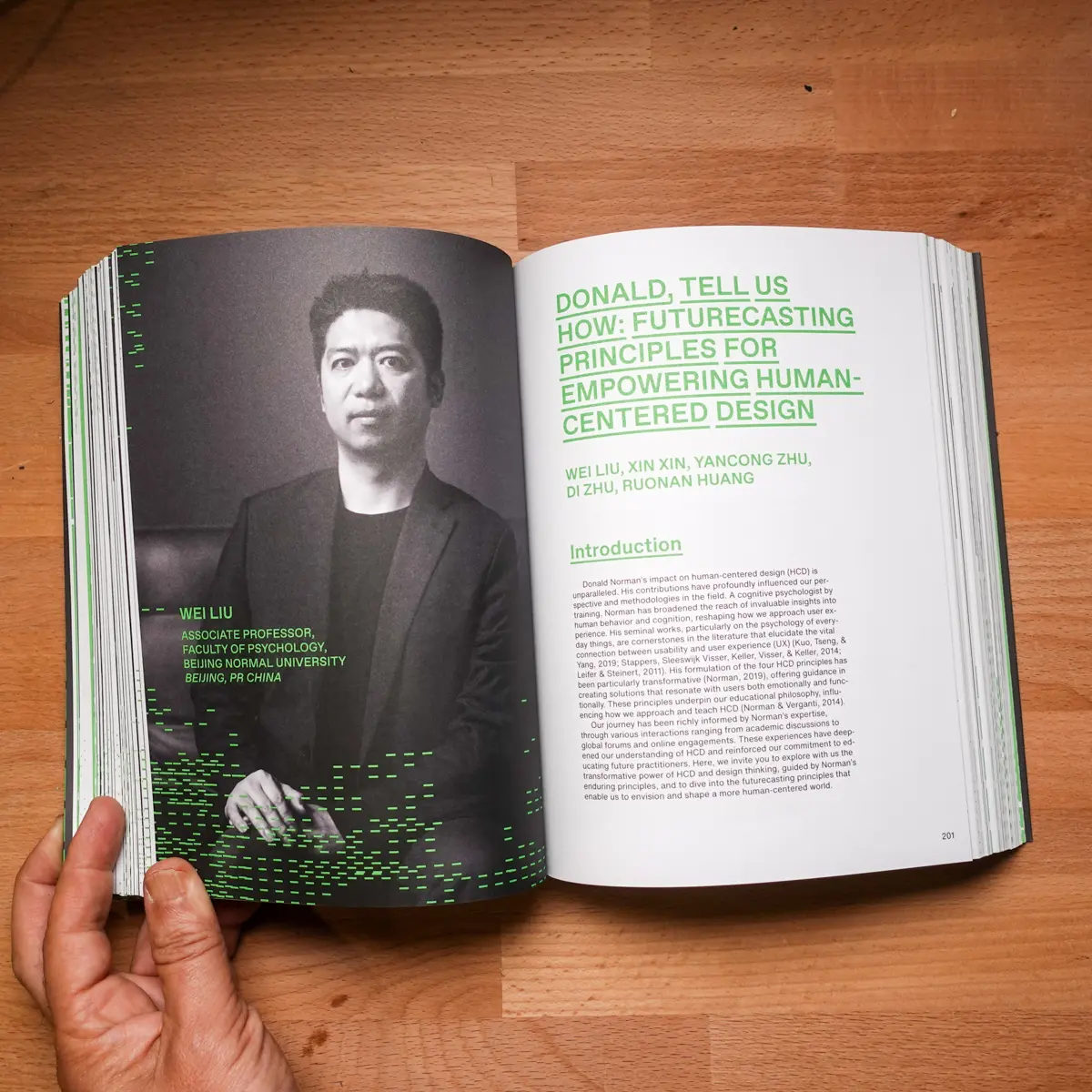
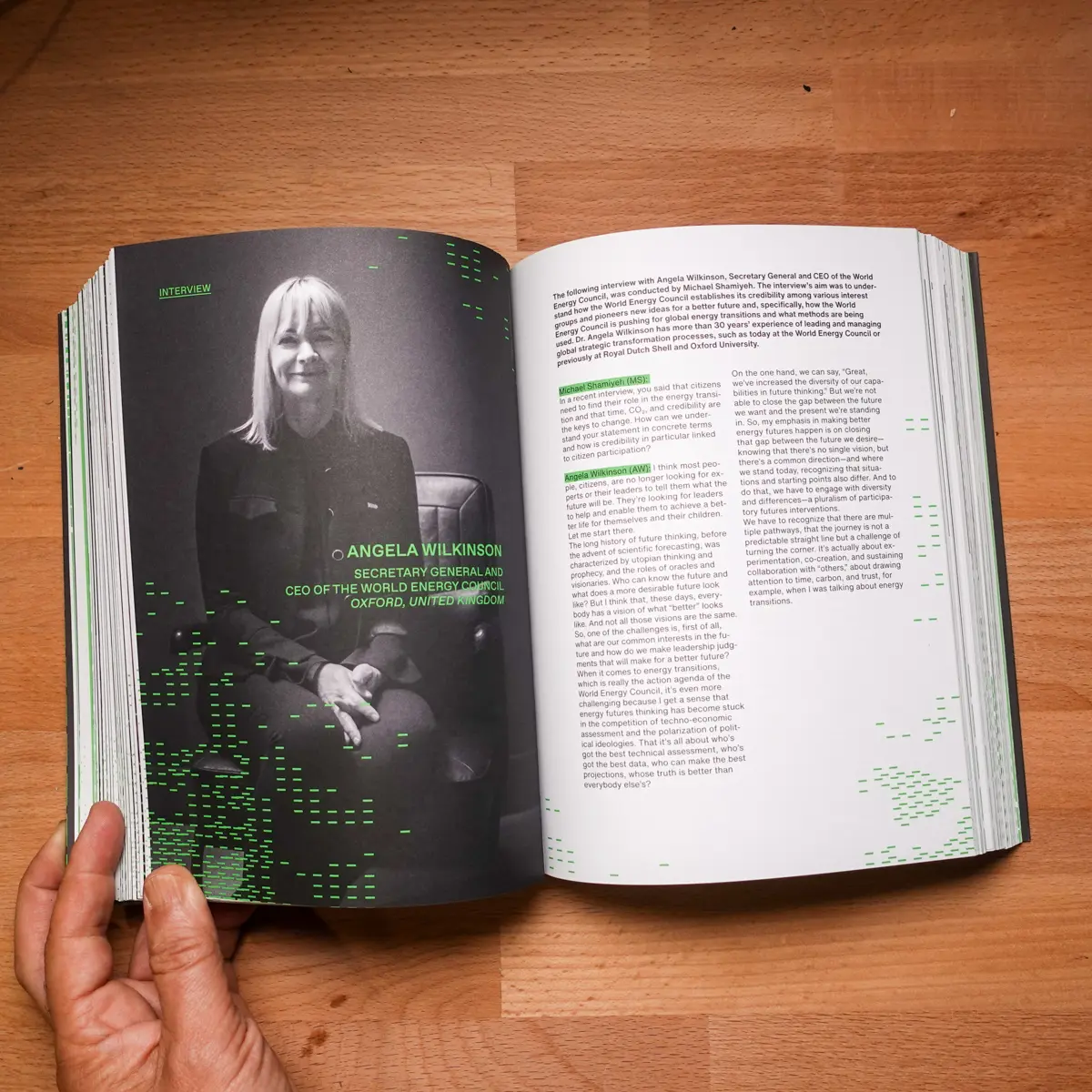









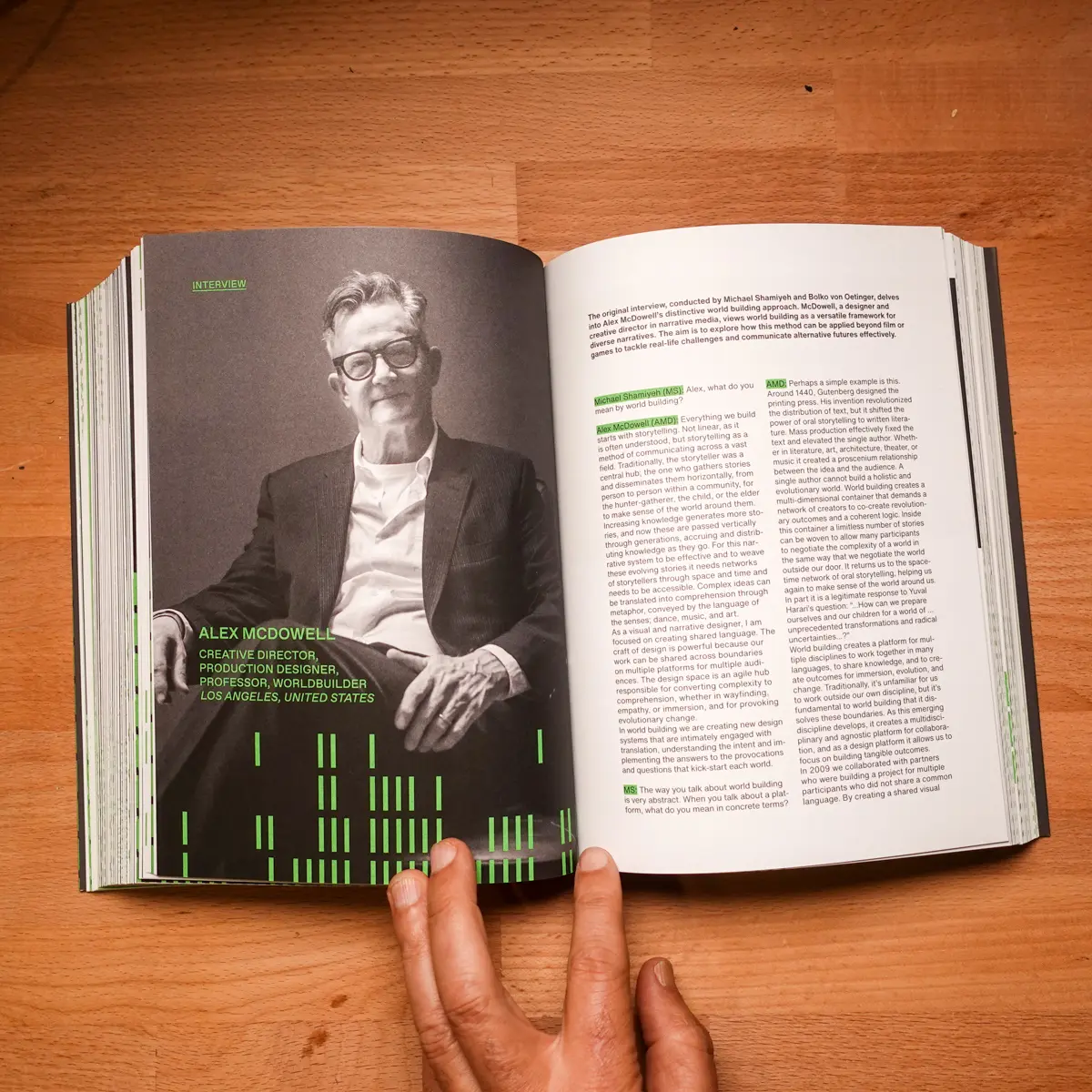
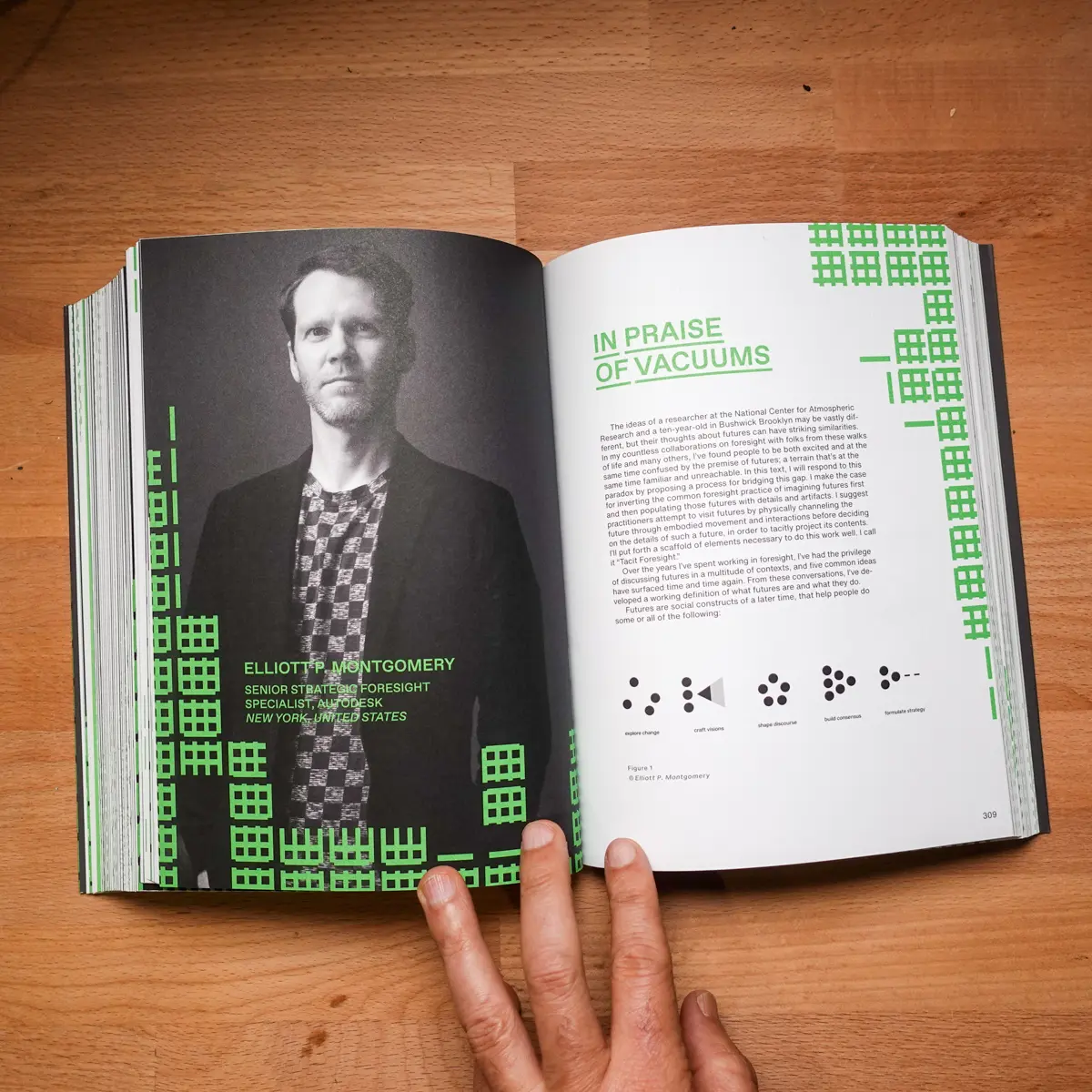





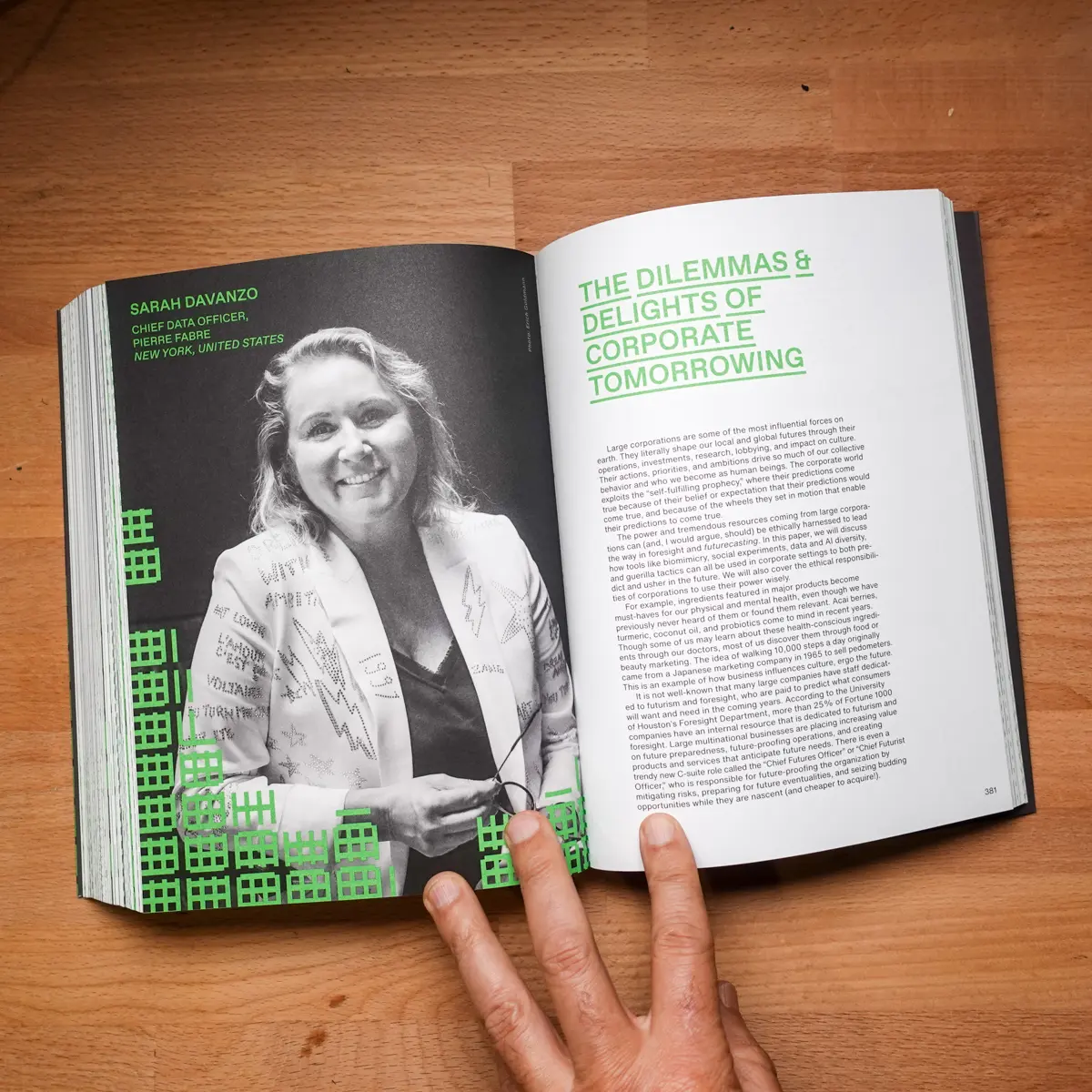






Contributors
Biography of Prof. Michael Shamiyeh, PhD
Professor Michael Shamiyeh is an architect in the broadest sense, working with organizations to create a new and meaningful future (rather than fixing the problems of the past).He combines the client’s unique business experience, analytical rigor, and the output of creative collisions (the clash of multiple perspectives to reframe habitual thinking) to transform insight into impact.
Michael Shamiyeh holds a UNESCO Chair for Anticipatory Techniques and Future Design – one of only a few chairs worldwide on this topic – is partner of the International Board Foundation (ICFCG) that was initially established at the University of St. Gallen, CH, and was a Visiting Professor at the Department of Mechanical Engineering (CDR) at Stanford University, USA, from 2017-2020. Together with both institutions, he founded the Center for Future Design (CFD) – an academic institution for researching and teaching future competence – in Linz. Since 2020, he has also been an Advisory Board Member of voestalpine AG.
He gained more than two decades of international work experience in the field of strategic management and architectural design. He holds degrees from the University of St. Gallen (PhD in Management), Harvard University (post-professional Master’s in Architecture), AA London (MA History and Critical Thinking), and the Technical University of Vienna (Dipl-Ing in Architecture & Engineering).
Michael is an experienced executive educator for large corporations and regularly publishes in journals and popular media. He has published 10 books and writes for the ‘Standard’—Austria’s leading premium newspaper. The work he and his team have done has won awards, including the highly remunerated ‘Innovation Prize’ (€100,000) from the Austrian Ministry of Science (2009) and the Gold Medal for ‘Best Invention’ from the World Intellectual Property Organization (2010). Recently a work of his was awarded the Green ‘Good Design Award’—the oldest and most prestigious awards program organized worldwide.
He loves to analyze the success and failure of pioneers (and their enterprises) and communicate findings appropriately for different audiences. Among others, he directed a film and exhibition project on Porsche’s most important innovation strategies, uncovered Kodak’s true challenge in managing disruption through his several years of research, and he delved deeply into the nature of Silicon Valley’s innovation eco-system. His research focuses on corporate entrepreneurship, organizational change, strategy development, and strategic foresight.
Author Site
https://www.michaelshamiyeh.com/Publisher
BirkhauserSpecifications
Size 17 × 23 cm - Portrait Pages 472 Illustrations 46 Illustrations, 81 Coloured Illustrations Language English Binding Softcover Printing Holzhausen Paper Magno Natural, 120 g/m2 Typeface ABC Favorit, Helvetica Now Image Editing Pixelstorm Litho & Digital Imaging, Vienna, AustriaNotes
- This was one of the outcomes of a workshop Michael organized in Linz, Austria in 2022. I was invited to participate and contribute an essay, which was a great experience. The book is a comprehensive exploration of how we might better imagine, communicate, and ultimately shape our collective futures.


Use the Contact Form below to discuss how you can engage Near Future Laboratory to help you make sense of your organization's possible futures.